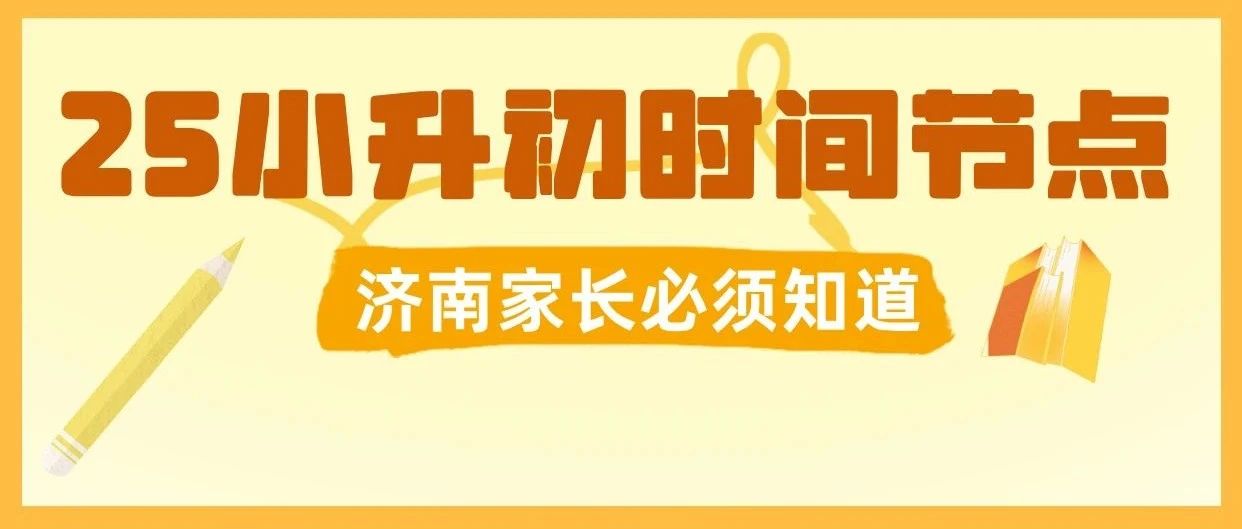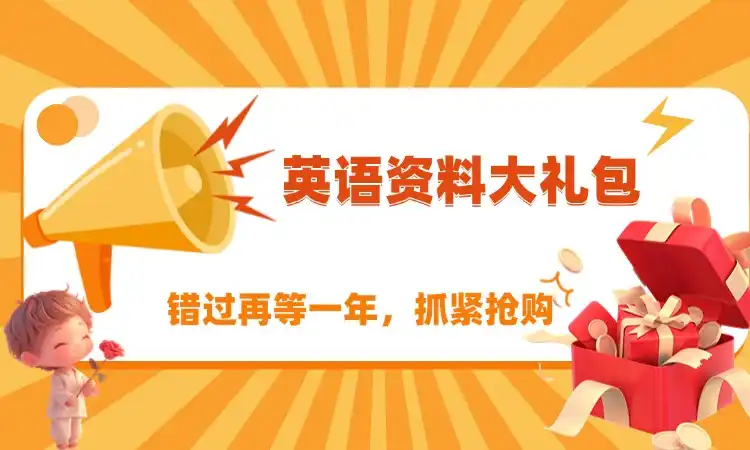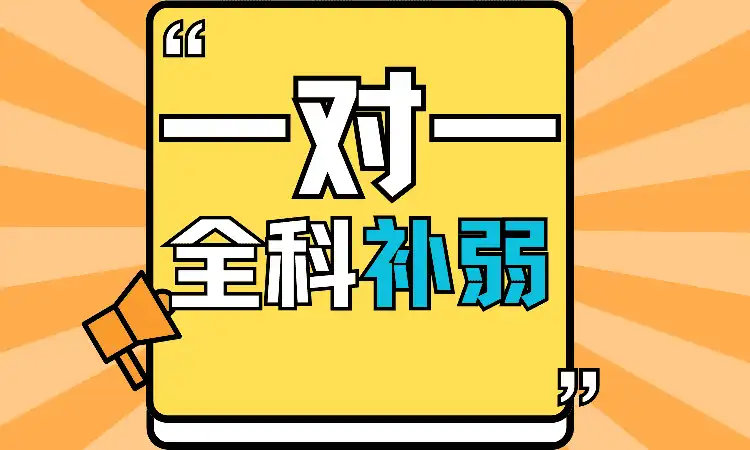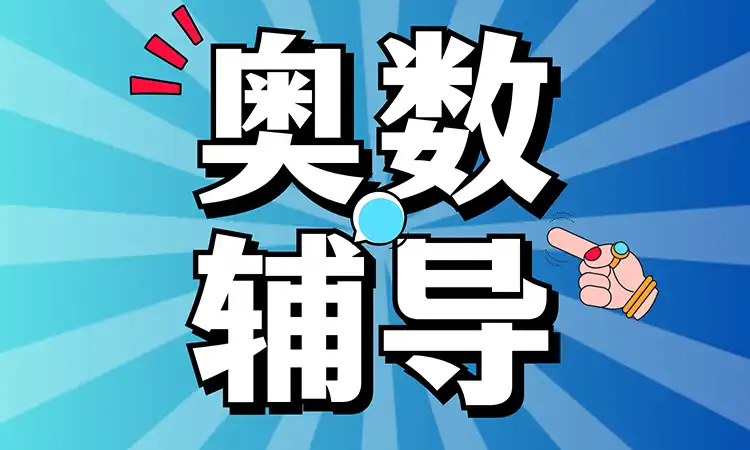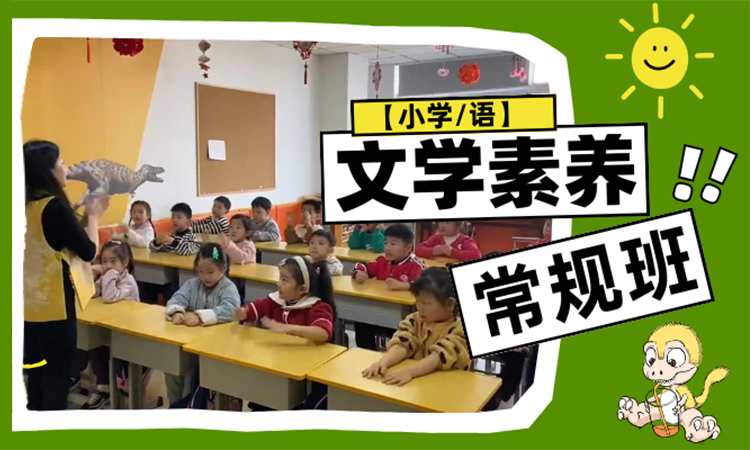太全了!小学英语基础知识汇总,可直接给孩子预习/复习用!
 点击蓝字 | 关注我们,获取更多教育资讯
点击蓝字 | 关注我们,获取更多教育资讯
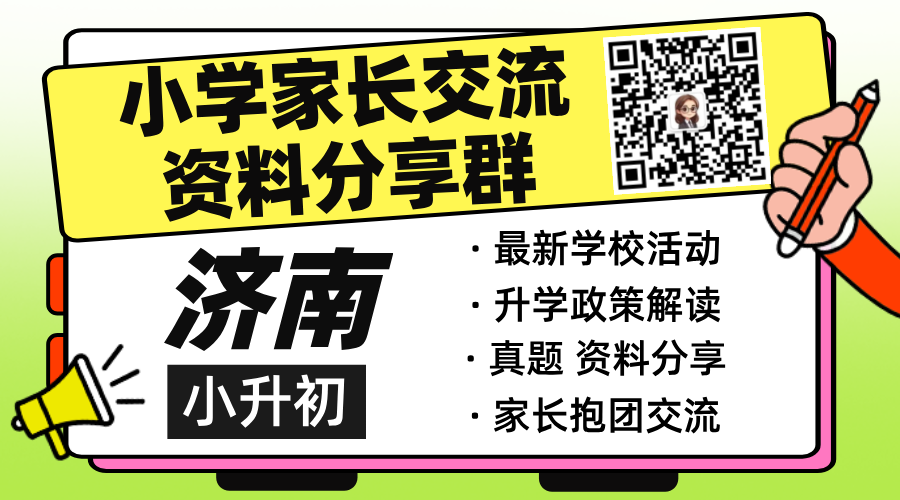
亲爱的家长朋友们!是不是经常为孩子的英语学习头疼?单词记不住、语法太枯燥、发音不标准……别担心,小编今天为大家整理了超实用的小学英语基础知识大汇总!从字母发音到语法知识,从基础知识到句式汇总,一篇全搞定!
✨ 零基础也能,让孩子快乐起步,自信开口!快收藏起来,和宝贝一起闯关英语世界吧~
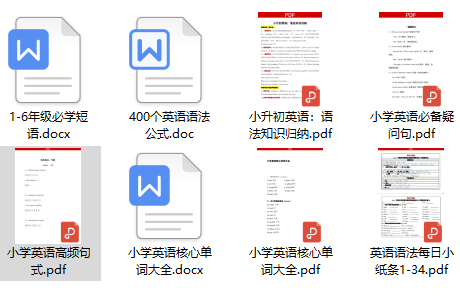
更多英语资料
可扫码免费领取
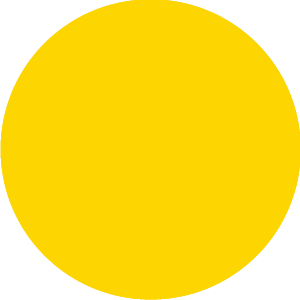

基础知识

1.字母:26个字母的大小写
A B C D E F G H I J K L M N O P Q R S T U V W X Y Za b c d e f g h i j k l m n o p q r s t u v w x y z2.语音:元音的发音5 个元音字母:A E I O U12 个单元音:前元音:[i:] [ɪ] [e] [æ]
中元音:[ɜ:] [ə]
后元音:[ɑ:] [ɒ] [ɔ:] [u:] [ʊ] [ʌ]
双元音(8个)
合口双元音[ai] [ei] [au] [əu] [ɔi]
集中双元音[iə] [εə] [uə]

语法知识

一般情况,直接加-s,如:book-books, bag-bags, cat-cats, bed-beds
以s. x. sh. ch结尾,加-es,如:bus-buses, box-boxes, brush-brushes, watch-watches
以“辅音字母+y”结尾,变 y 为 i, 再加-es,如:family-families, strawberry-strawberries
以“f 或 fe”结尾,变 f 或 fe 为 v, 再加-es,如:knife-knives
不规则名词复数:
man-men,
woman-women,
policeman-policemen,
policewoman-policewomen,
mouse-mice
child-children,
foot-feet,
tooth-teeth,
fish-fish,
people-people,
Chinese-Chinese,
Japanese-Japanese
不可数名词的复数就是原形:
paper,juice, water, milk, rice, tea
(1) 有生命的东西的名词所有格:
a) 单数后加 's 如: Lucy's ruler, my father's shirt
b) 以s 结尾的复数名词后加 ’ 如: his friends' bags
c) 不以s 结尾的复数后加's children's shoes
并列名词中,如果把 's加在最后一个名词后,表示共有, 如:
Tom and Mike's car 汤姆和迈克共有的小汽车
要表示所有物不是共有的,应分别在并列名词后加's, 如:
Tom's and Mike's cars 汤姆和麦克各自的小汽车
(2) 表示无生命东西的名词通常用“of +名词”来表示所有关系:
如: a picture of the classroom a map of China

(1) 不定冠词:a / an a unit / an uncle
元音开头的可数名词前用an :an egg / an apple / an orange (2) 定冠词:the the egg / the plane用法:定冠词的用法:特指某(些)人或某(些)物:The ruler is on the desk.
复述上文提到的人或物:He has a sweater. The sweater is new.
谈话双方都知道的人或物:The boys aren't at school.
在序数词前:John's birthday is February the second.
用于固定词组中:in the morning / afternoon / evening
专有名词前:China is a big country.
名词前有定语:this , that , my , your , some, any , no 等:
This is my baseball.
复数名词表示一类人和事:Monkeys can't swim. They are teachers.
在节日,日期,月份,季节前:Today is Christmas Day. It's Sunday.
一日三餐前:We have breakfast at 6:30.
球类 棋类运动前:They often play football after class. He plays chess at home.
* 但乐器前要用定冠词:I play the guitar very well.
名称前:My favorite subject is music.
在称呼或头衔的名词前:This is Mr Li.
固定词组中:at noon at night by bus

代词:人称代词、物主代词

- 形容词,副词:比较级,*高级
一般在词尾加er ;
以字母e 结尾,加r ;
以一个元音字母和一个辅音字母结尾,应双写末尾的辅音字母,再加er ;
以“辅音字母+y”结尾,先把y变i,再加er 。
3. 不规则形容词比较级:good-better, beautiful-more beautiful(二)副词的比较级1. 形容词与副词的区别(有be用形,有形用be;有动用副,有副用动)
⑴在句子中形容词一般处于名词之前或be动词之后
⑵副词在句子中*常见的是处于实义动词之后
2. 副词比较级的变化规则基本与形容词比较级相同(不规则变化:well-better, far-farther)

(1) 1-20one,two, three, our, five, six, seven, eight, nine, ten, eleven, twelve, thirteen, fourteen, fifteen, sixteen, seventeen, eighteen, nineteen, twenty(2) 21-99 先说“几十”,再说“几”,中间加连字符。23→twenty-three,34→thirty-four,45→forty—five,56→fifty-six,67→sixty-seven,78→seventy-eight,89→eighty-nine,91→ninety-one(3) 101—999先说“几百”,再加and,再加末两位数或末位数;586→five hundred and eighty-six,803→eight hundred and three(4) 1,000以上先从右往左数,每三位数加一个“,”,第*个“,”前为thousand. 第二个“,”前为million,第三个“,”前为billion1,001→ one thousand and one18,423→ eighteen thousand four hundred and twenty-three6,260,309→ six million two hundred and sixty thousand three hundred and nine750,000,000,000→ seven hundred and fifty bilion
序数词
(1) 一般在基数词后加 th
eg. four→fourth, thirteen→thirteenth(2) 不规则变化one→first, two→second,three→third,five→fifth,eight→eighth,nine→ninth,twelve—twelfth(3) 以 y 结尾的十位整数,变 y 为 ie 再加 thtwenty→twentieth, forty→fortieth,ninety→ninetieth(4) 从二十一后的“几十几”直至“几百几十几”或“几千几百几十几”只将个位的基数词变为序数词。twenty-first,two hundred and forty-fifth基数词
基数词转为序数词的口诀:
基变序,有规律,词尾加上-th.
一,二,三,特殊记,词尾字母 t, d, d.
八去t, 九去e, ve要用f替。
ty 将 y变成 i,th 前面有个 e.
若是碰到几十几,前用基来后用序。

at
表示时间概念的某一个点。
(在某时刻、时间、阶段等)。
at 1:00 (dawn,midnight , noon) 在一点钟(黎明、午夜、中午)
on
1) 表示具体日期。
注:(1)关于"在周末"的几种表示法:
at (on) the weekend 在周末---特指
at (on) weekends 在周末---泛指
over the weekend 在整个周末
during the weekend 在周末期间
(2)在圣诞节,应说 at Christmas? 而不说 on Christmas?
2) 在(刚……)的时候
On reaching the city he called up his parents.一到城里他就给父母打了一个电话。
in
表示"时段"、"时期",
在多数情况下可以和 during 互换,前者强调对比,后者强调持续。
in (during) 1988 (December, the 20th century) 在一九八八年(十二月、二十世纪)

(一) 一般现在时
一般现在时的构成
1. be动词:主语+be (am, is, are)+其它。如:I am a boy. 我是一个男孩。
2. 行为动词:主语+行为动词(+其它)。如:We study English. 我们学习英语。
1.一般情况下,直接加-s,如:cook-cooks, milk-milks
2.以s. x. sh. ch. o 结尾,加-es,如:guess-guesses, wash-washes, watch-watches, go-goes
3.以“辅音字母+y 结尾,变y为i, 再加-es,如:study-studies
① 一般直接在动词的后面加ed:如 worked , learned , cleaned , visited
② 以e结尾的动词直接加d:如 lived , danced , used
③ 以辅音字母加y结尾的动词要改 y 为 i 再加 ed (此类动词较少)如 study – studied carry – carried worry – worried (注意play、stay不是辅音字母加 y ,所以不属于此类)
④ 双写最后一个字母(此类动词较少)如 stopped
①be going to + do;
②will+ do. be going to = will
① 一般的直接在后面加上ing , 如doing , going , working , singing , eating
② 以e 结尾的动词,要先去e再加ing,如having , writing
③ 双写最后一个字母的(此类动词极少)有:running , swimming , sitting , getting

句 法


I'm a student. She is a doctor. He works in a hospital.
There are four fans in our classroom. He will eat lunch at 12:00. I watched TV yesterday evening.
I'm not a student. She is not (isn't) a doctor.
He does not (doesn't) work in a hospital. There are not (aren't) four fans in our classroom.
He will not (won't) eat lunch at 12:00. I did not (didn't) watch TV yesterday evening.

一般疑问句:是指询问事实的句子,此类句子必须用“yes",或“no”来回答。特殊疑问句:以特殊疑问词 (what , where , who , which , when , whose , why , how等) 开头引导的句子。此类句子应该问什么就答什么,不能用“yes /no”来回答。

- There be 句型与have, has的区别
1、There be 句型表示:在某地有某物(或人)
2、在there be 句型中,主语是单数,be 动词用is ; 主语是复数,be 动词用are ; 如有几件物品,be 动词根据最*近be 动词的那个名词决定。
3、there be 句型的否定句在be 动词后加not , 一般疑问句把 be 动词调到句首。
4、there be 句型与have(has) 的区别:there be 表示在某地有某物(或人); have(has) 表示某人拥有某物。
5、some 和 any 在 there be 句型中的运用:some 用于肯定句, any 用于否定句或疑问句。
6、and 和or 在there be句型中的运用:and 用于肯定句, or 用于否定句或疑问句。
7、针对数量提问的特殊疑问句的基本结构是:
How many + 名词复数 + are there + 介词短语?
How much + 不可数名词 + is there + 介词短语?
8、针对主语提问的特殊疑问句的基本结构是:
What's + 介词短语?

其 他


去干嘛用 go +动词ing
如:go swimming; go fishing;go skating;go camping;go running;go skiing;go rowing…

than 前用比较级;as…as之间用原级。
如:My mother is two years younger than my father.我妈比我爸年轻两岁。Liu Tao jumps as far as Ben.刘涛跳得和本一样远。
用 like +动词 ing 或 like+ to + 动原。
如:Su Yang likes growing flowers.苏阳喜欢种花。The children like to play with lanterns at Spring Festival.孩子们喜欢在春节去玩花灯。

用 would like +to+动原或want + to +动原。例:I’d like to visit the History Museum.=I want to visit the History Museum

用于肯定句中,在否定句和问句中改为any,但当表示委婉语气时仍用。如:Can I have some writing paper? Would you like some orange juice?
rain与snow的用法
(1)作为名词意思是雨水和雪是不可数名词
如:There is a lot of rain there in spring. 那儿的春天有很多雨水。
(2) 作为动词意思是下雨和下雪
有四种形式分别是:动词原形rain, snow;第三人称单数rains ,snows;现在分词raining;snowing过去式rained;snowed;
如:①Look! It is raining now. 瞧!天正在下雨。②It often rains in Nantong in summer.南通夏天经常下雨。③ It rained yesterday.昨天下了雨。④It is going to rain tomorrow. 明天要下雨。
(3)形容词为rainy 和snowy
意思是有雨的和有雪的。
如:It is often rainy here in spring.这儿的春天经常是有雨的。If it is rainy tomorrow, I’ll stay at home.如果明天是有雨的,我将呆在家里。

有两种:(1)直接读时钟和分钟。如 6:10 读成 six ten; 7:30 读成 seven thirty; 8:45 读成 eight forty-five;(2)用 to 与 past 表示。在半小时包括半小时以内用几分 past 几点如:6:10 读成 ten past six; 7:30 读成 half past seven;过了半小时用下一个钟点差几分如 7:45 读成 a quarter to eight; 9:50 读成 ten to ten。

更多英语资料
可扫码免费领取


欢迎大家进入1-6年级学习资料分享群,我们将不定期分享📁小学语数英学习资料、期中期末考试真题、免费答疑、升学政策等。

往期学习资料分享
济南各区1-6年级期中真题(附答案),免费领!

测测你是不是合格家长:小学必考50个成语造句,你能辅导几个?

小学英语学霸都在用的句式汇总!孩子学会后,老师都夸进步大




